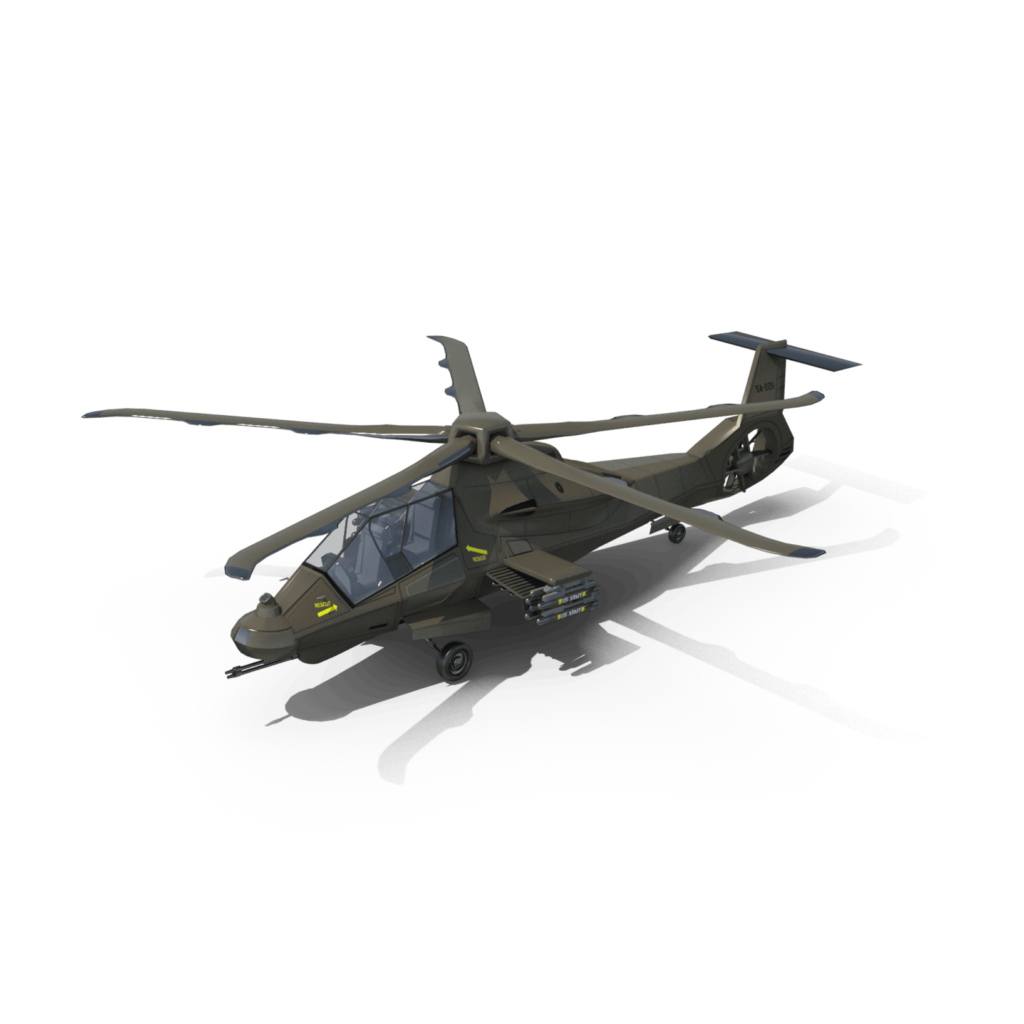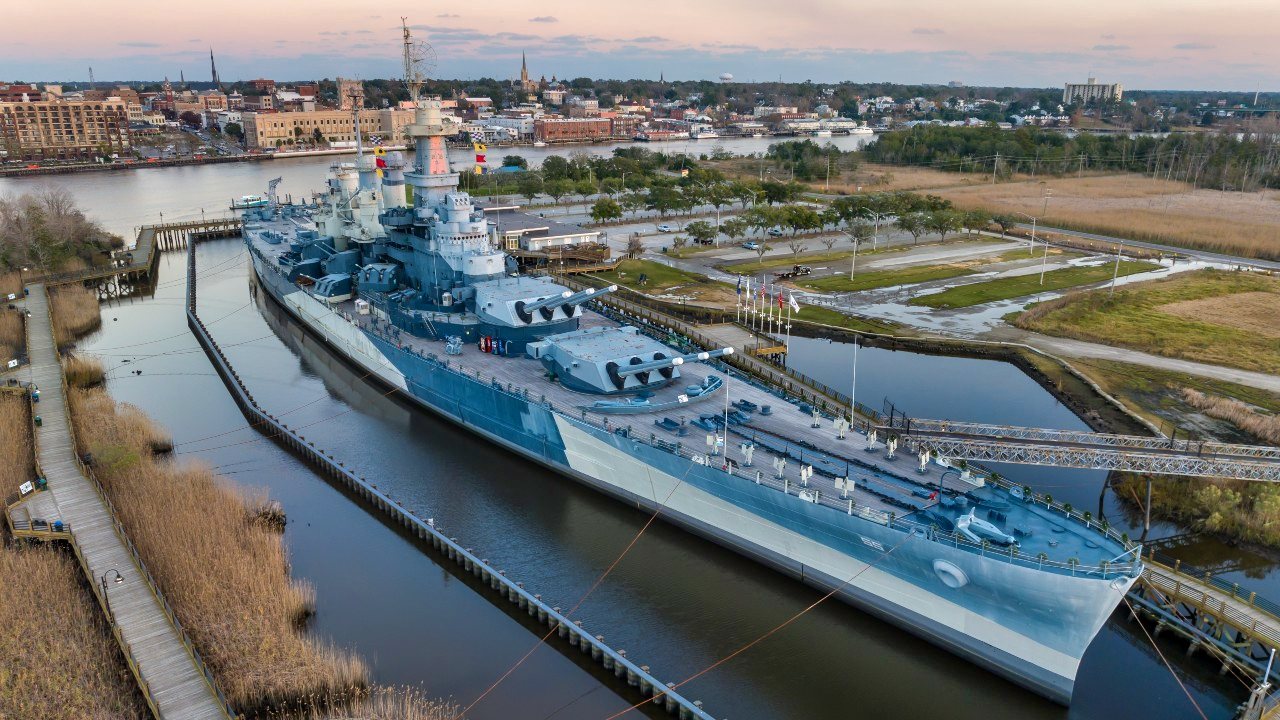
USS North Carolina: How Treaty Changes Transformed This Mighty Battleship
Summary and Key Points: The USS North Carolina battleship was initially constrained by the Washington Naval Treaty but saw its armament upgraded under the Second London Naval Treaty, which allowed for the installation of nine 16-inch guns.
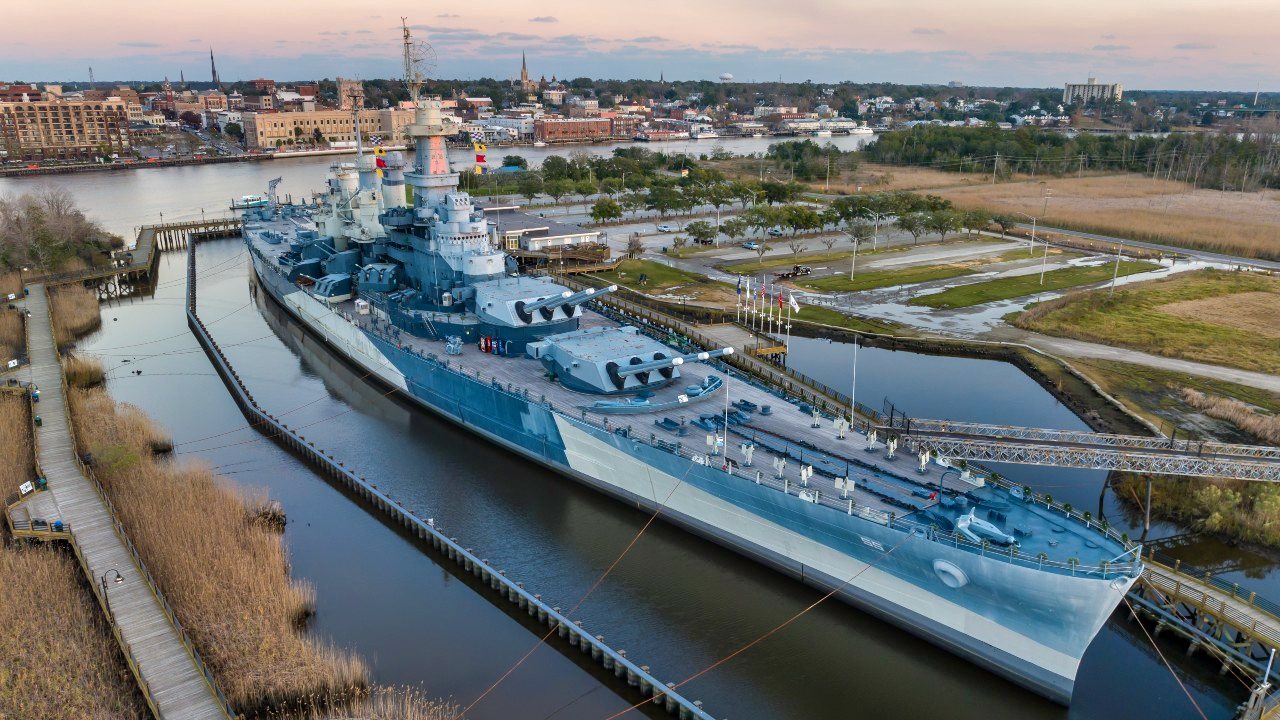
-Commissioned in 1941, the North Carolina was the first of her class, featuring significant improvements in armor, firepower, and speed. Despite being torpedoed in 1942, the battleship earned 12 battle stars in the Pacific Theater of WWII.
-Decommissioned in 1947 and eventually stricken from the Naval Vessel Register in 1960, the North Carolina found new life as a museum and memorial, dedicated in 1962 and meticulously preserved.
USS North Carolina: The Battleship That Defied Treaty Limitations
When the World War II-era USS North Carolina battleship was first constructed, it was limited in armament and displacement by guidelines outlined in the Washington Naval Treaty. However, when the Second London Naval Treaty was signed by France, the U.S., and most members of the British Commonwealth in the mid-1930s, American engineers used its escalator clause to increase the ship’s main battery from twelve 14-inch guns to nine 16-inch guns. Japan failed to ratify the treaty, gearing up for its eventual war plan.
This allowed the U.S. and other signatories to automatically revert back to pre-Treaty armament and displacement numbers.
The History of the North Carolina-Class
The North Carolina class was the first new battleship design developed under the Washington Naval Treaty system. This restriction meant that the U.S. Navy was heavily limited by treaty obligations and could not build a fleet of ships featuring the armor, firepower, and speed that the service really desired.
The North Carolina was the first of her class to be constructed and commissioned in 1941. The second ship of the class, the USS Washington, was commissioned into the fleet the same year. The North Carolina measured roughly 729 feet in length, with a beam length of 108 feet. Her standard displacement was set at 35,000 long tons and increased to nearly 46,000 long tons at full combat load. Four General Electric steam turbines powered the ship, providing a top speed of 28 knots.
In terms of armament, the North Carolina was initially constricted. However, the eventual incorporation of 16-inch/.45-caliber Mark 6 guns elevated her capabilities. A second battery added 5-inch/.38 caliber dual-purpose guns. Throughout her career, the North Carolina was upgraded as new technologies emerged.
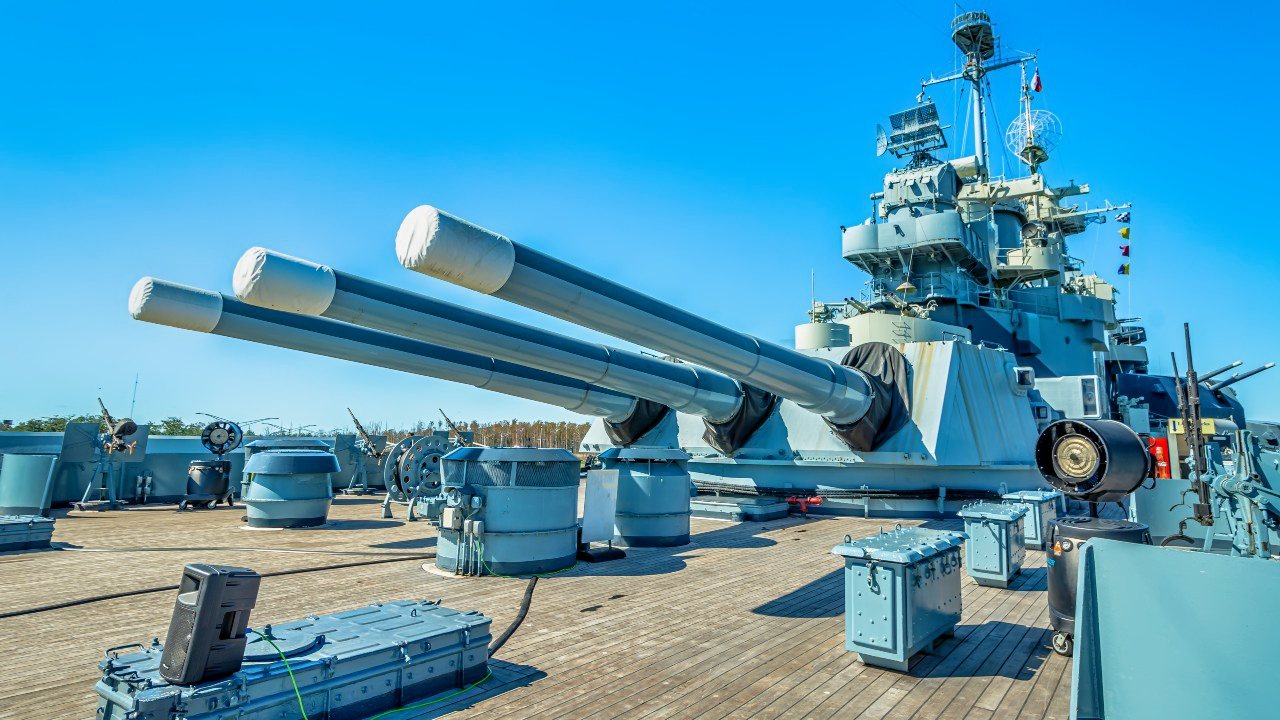
In the early 1940s, she received three Mark 4 fire-control radar sets, a CXAM air-search radar, and four Mark 4 radars.
Operational History
After Imperial Japan’s attack on Pearl Harbor, the North Carolina quickly entered America’s WWII effort. The battleship primarily sailed the Pacific Ocean during the first few years of the war. The vessel earned 12 battle stars while losing only 10 of her crew in battle.
While the North Carolina never engaged any surface warships during her operational history, she was the sole U.S. battleship to be torpedoed at sea. Along with the carrier USS Wasp and destroyer USS O’Brien, the North Carolina suffered from Japanese-launched torpedoes in 1942 while serving with Task Force 61.
In 1947, the North Carolina was decommissioned and placed in reserve. For a while, the Navy considered upgrading the mighty battleship or reconverting her to fulfill other service needs. However, this never panned out, and the North Carolina was officially stricken from the Naval Vessel Register in 1960.
Ultimately, the battleship was acquired by an organization that set out to repurpose the North Carolina as a permanent museum. She was dedicated as a memorial in 1962 and is kept in excellent condition despite her old age.
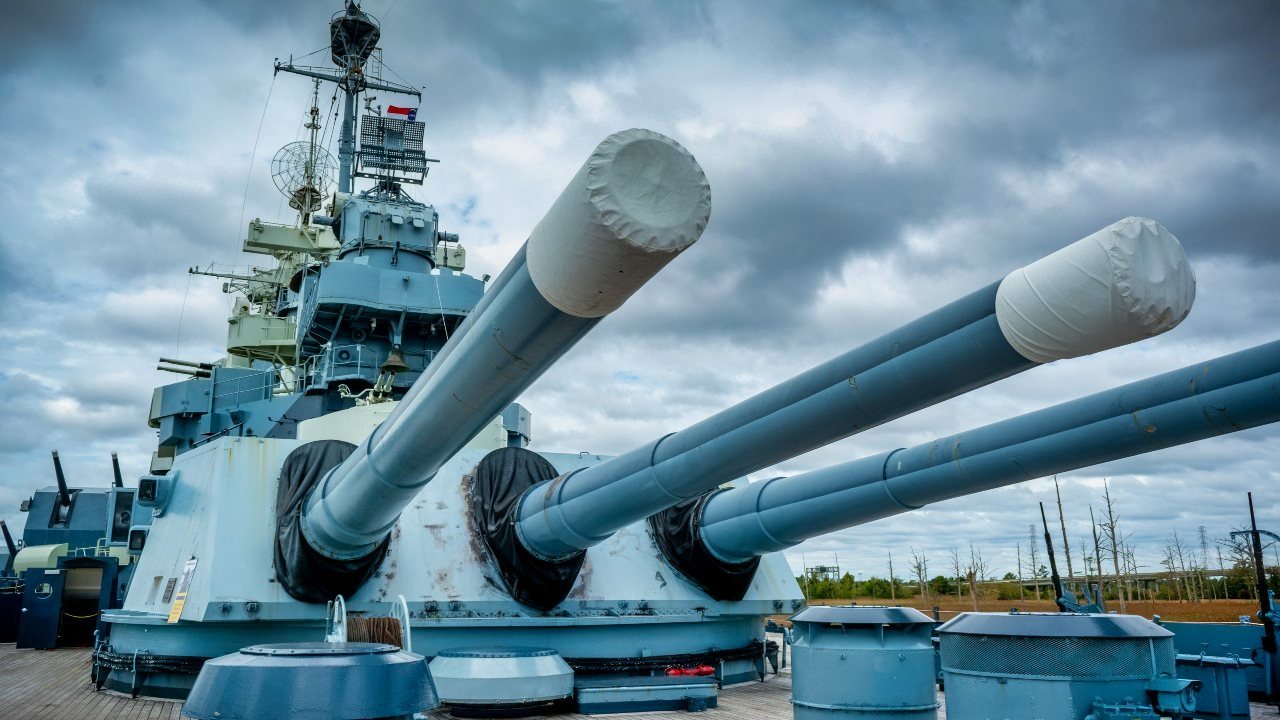
About the Author: Maya Carlin
Maya Carlin, National Security Writer with The National Interest, is an analyst with the Center for Security Policy and a former Anna Sobol Levy Fellow at IDC Herzliya in Israel. She has by-lines in many publications, including The National Interest, Jerusalem Post, and Times of Israel. You can follow her on Twitter: @MayaCarlin.
Image Credit: Creative Commons and Shutterstock.


